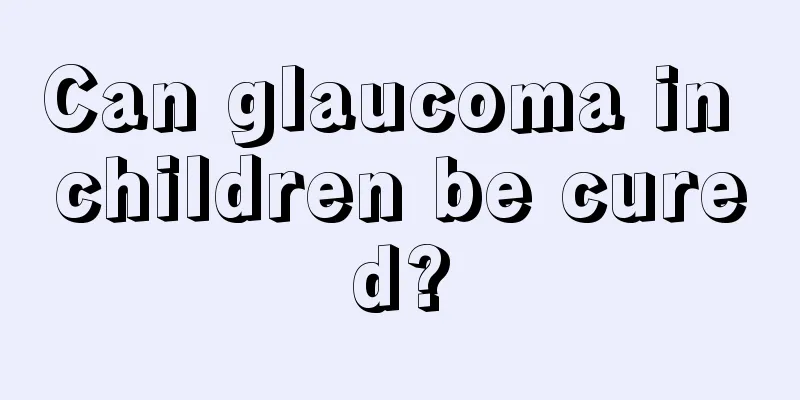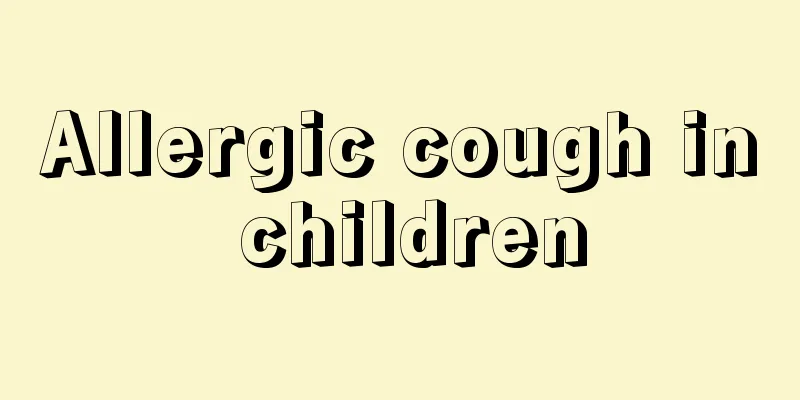Viral rashes in children

|
It is quite common for children to have viral rashes. It is usually caused by infection with respiratory syncytial virus or coxsackie virus. Once they get this viral rash, they will have symptoms such as fever, cough and sore throat. There is no order in the appearance of the rash. It is mainly found in the chest and abdomen. However, this viral rash disappears very quickly. Symptoms of viral rashes in children Measles has a high fever, with obvious symptoms of cough and runny nose. There are often measles mucosal spots on the cheek mucosa before the rash appears. Rubella generally does not cause a high fever, rarely causes cough, and has swollen lymph nodes behind the ears and on the occipital region. Roseola infantum has a high fever, but the fever subsides on its own after 2-3 days. Scarlet fever initially causes chills and fever, a red, swollen and ulcerated throat, and a "bayberry"-like tongue. The measles rash appears gradually, usually completes in about 3 days; the rubella rash appears quickly, usually completes within 24 hours; the roseola infantum rash appears after the fever subsides, usually completes within 24 hours; the scarlet fever rash appears quickly and spreads throughout the body within 24 hours. The rash color is dark red for measles, light pink for rubella, roseola infantum, bright red for scarlet fever, and light pink at the beginning of chickenpox, with a red halo around the base after it becomes a herpes. Characteristics of rash in children The measles rash is slightly raised, of varying shapes and sizes, sparse at first and then dense, and does not cause itching; the rubella rash is small, sparse and evenly distributed, and it causes itching; the roseola infantum rash is finer and denser than rubella rash, and does not cause itching. Scarlet fever rashes vary in size, some are small and some are flaky, dense and without gaps. Measles first appears on the neck behind the ears, then on the forehead, and then on the trunk and limbs, with rashes visible on the palms and soles; rubella appears on the face and trunk, with no rashes on the palms and soles; roseola infantum appears on the neck, face, trunk, and limbs, with no rashes on the palms and soles; scarlet fever appears on the neck, face, trunk, and limbs, and it is difficult to distinguish healthy skin all over the body, but there is a pale circle around the lips; chickenpox appears on the head, face, trunk, and limbs, with a centripetal distribution. What causes herpes virus? 1. The most common herpes in daily life is shingles, which is an acute herpes caused by chickenpox and herpes zoster viruses. The virus can enter the human body through respiratory tract infection, and hide in the dorsal root ganglia of the spinal nerves, and may also hide in some human nerve cells. 2. Many times, the herpes simplex virus among viral herpes can cause genital herpes, causing infections of the skin, mucous membranes and many other parts of the human body. This type of herpes is usually transmitted through sexual contact. 3. Among viral herpes, there is also a type of simple herpes, usually called fever blisters. This is also an infection caused by a virus. Symptoms can appear anywhere in the body, most commonly in the mouth and nearby areas, and also frequently on the hands and cheeks. |
<<: Can children eat Ganoderma lucidum spore powder?
Recommend
What are the symptoms of rhinitis in children?
Rhinitis occurs in different groups of people, an...
Symptoms and causes of neurogenic urinary frequency in children
I believe everyone has heard of neurogenic urinar...
What to do if your 15-day-old baby gets angry
For a 15-day-old baby, the physical fitness is ve...
What to do if your newborn keeps crying
Many young parents who have a new baby in their f...
What will happen if a child has long-term occult blood?
The food ingested by the human body is mainly dig...
77-day baby development standard
In fact, the development of babies at 77 days old...
The reason why two-year-old baby's teeth turn yellow
There must be a method to take care of the baby. ...
Will long hair affect the development of girls?
Nowadays, many mothers of baby girls like to grow...
What causes baby coffee spots?
Café au lait spots in babies are a relatively rar...
Diet therapy for indigestion in children
Indigestion is a common disease among many childr...
What to do if children have dry cough
Coughing is very common. Although coughing will n...
Can a one-month-old baby go out?
Of course, babies who have just turned one month ...
Introduction to sequelae of neonatal jaundice
Many people are not very familiar with neonatal j...
Baby's daily milk intake
Breastfeeding is very important for babies, which...
What department should I go to if my child has nose bleeding?
Nose bleeding is a very common problem and one th...









